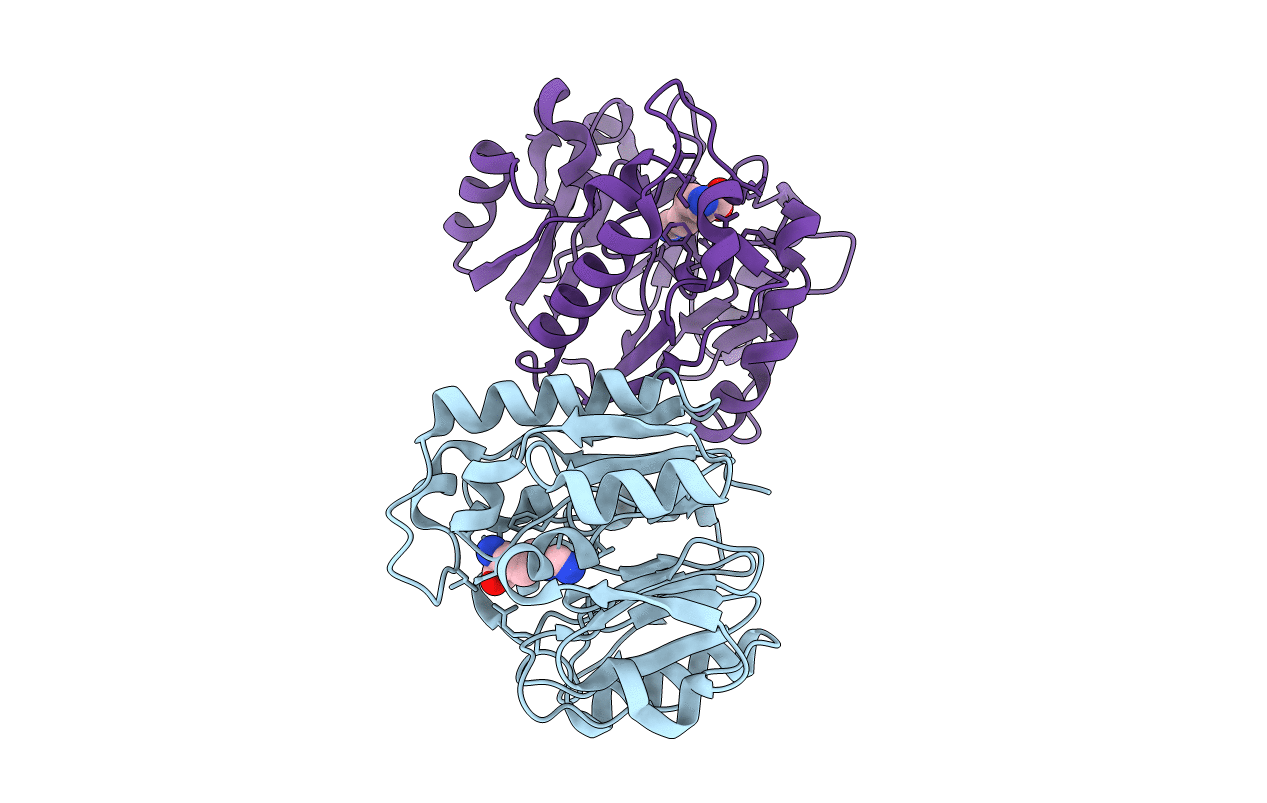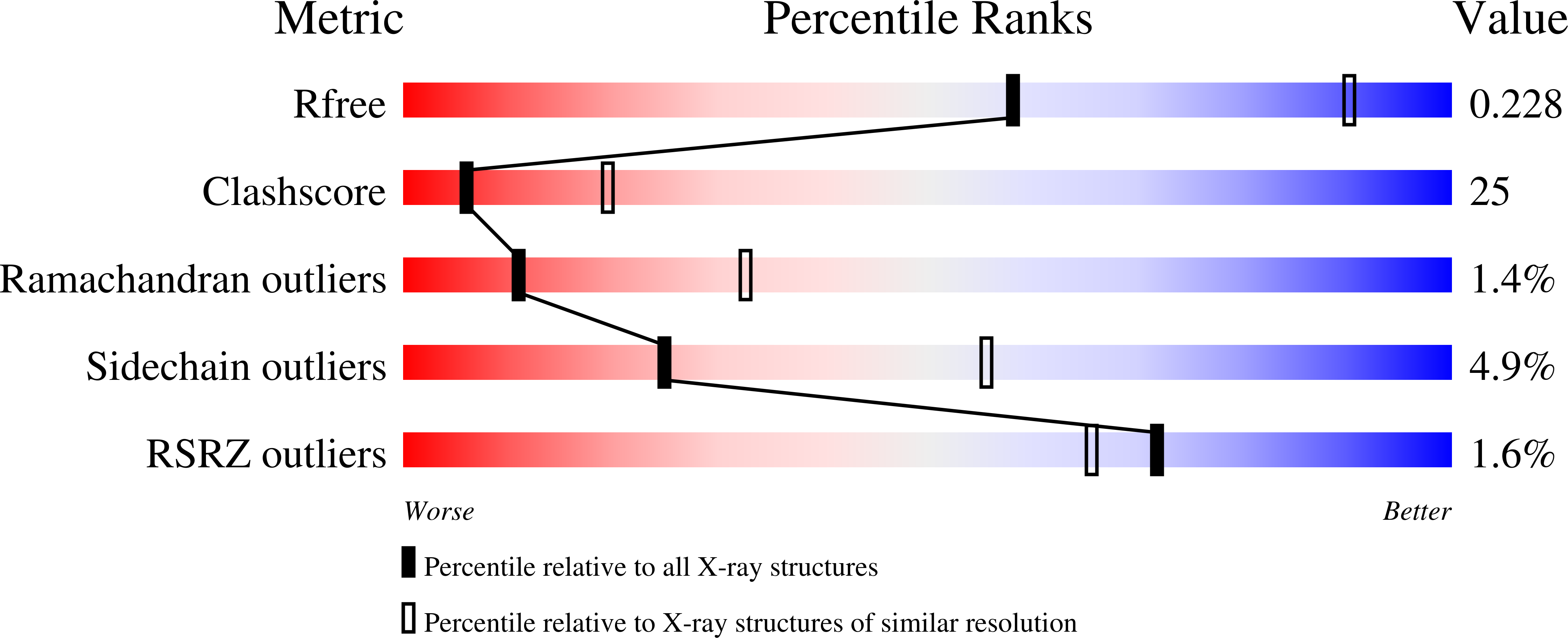
Deposition Date
2007-12-18
Release Date
2008-06-17
Last Version Date
2024-10-30
Entry Detail
PDB ID:
3BPB
Keywords:
Title:
Crystal structure of the dimethylarginine dimethylaminohydrolase H162G adduct with S-methyl-L-thiocitrulline
Biological Source:
Source Organism:
Pseudomonas aeruginosa (Taxon ID: )
Host Organism:
Method Details:
Experimental Method:
Resolution:
2.81 Å
R-Value Free:
0.29
R-Value Work:
0.23
Space Group:
P 21 21 2


